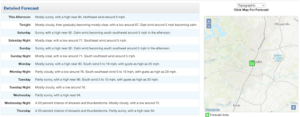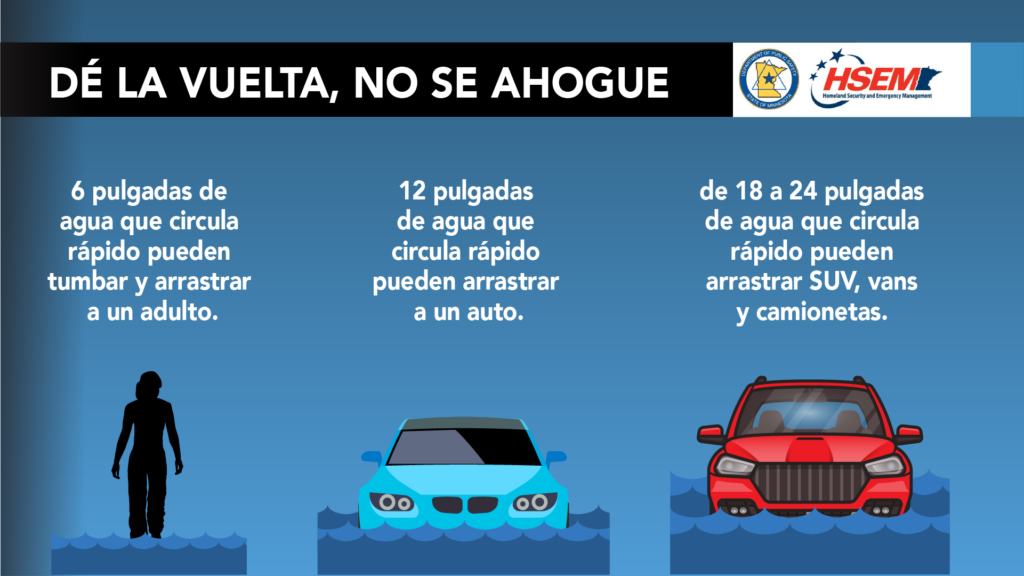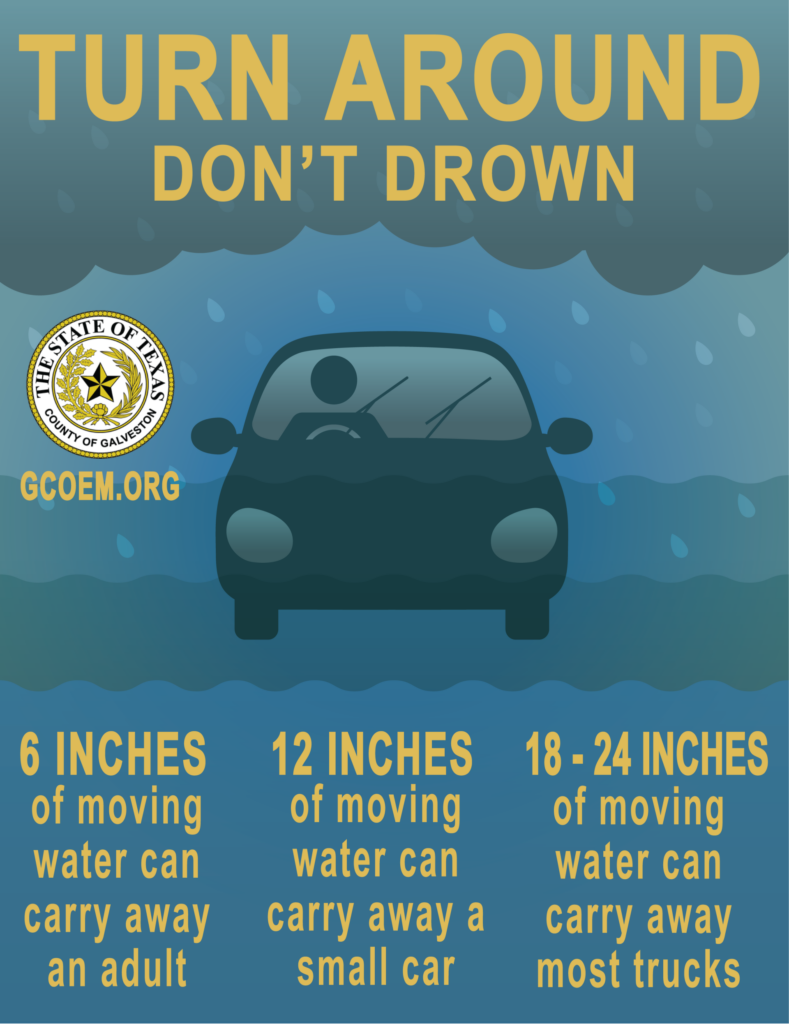
Stay aware of flood conditions at http://www.atxfloods.com. This link has live local flood information.
The Emergency Alert System (EAS) and National Oceanic and Atmospheric Administration (NOAA) Weather Radio also provide emergency alerts.
Never drive around barricades. Local responders use them to safely direct traffic out of flooded areas.
Contact your healthcare provider If you are sick and need medical attention. Wait for further care instructions and shelter in place, if possible. If you are experiencing a medical emergency, call 9-1-1.
Listen to EAS, NOAA Weather Radio or local alerting systems for current emergency information and instructions regarding flooding.
especially if you live in an area with limited access.
ATXfloods.com provides real time updates of flood conditions.
DriveTexas.org shows real time road conditions. Travis County
Road Closures shows planned closures.
For organizers: Austin Real Time Road Conditions is the data on the open portal
To get a forecast from the National Weather Service (English only) in your exact location, go to the page for Austin/San Antonio, and scroll down to this section. Click your exact location on the map and see the detailed forecast change for your area.

Do not walk, swim or drive through flood waters.
Stay off bridges over fast-moving water. Fast-moving water can wash bridges away without warning.
Stay inside your car if it is trapped in rapidly moving water. Get on the roof if water is rising inside the car.
Get to the highest level if trapped in a building. Only get on the roof if necessary and once there signal for help. Do not climb into a closed attic to avoid getting trapped by rising floodwaters.
Avoid underpasses, underground parking garages and basements.
Avoid hiking or camping if thunderstorms are predicted.
Follow instructions from authorities and use live flood maps and road conditions maps to help you find a safe way out of the danger zone.
Use non-sparking wrench or pliers. Rising water can short out electrical systems and cause electrocution.
Return home only when authorities say it is safe. Avoid driving except in emergencies.
Stay inside your car if it is trapped in rapidly moving water. Get on the roof if water is rising inside the car.
Get to the highest level if trapped in a building. Only get on the roof if necessary and once there signal for help. Do not climb into a closed attic to avoid getting trapped by rising floodwaters.
Use the Risk Factor Property Lookup to explore the risk in your area. Flood Pro is a flood prediction map of the Austin Area.
Visit FEMA’s Flood Map Service Center to know types of flood risk in your area.
Avoid underpasses, underground parking garages and basements.
Avoid hiking or camping if thunderstorms are predicted.
Purchase or renew a flood insurance policy. Homeowner’s insurance policies do not cover flooding. It typically takes up to 30 days for a policy to go into effect so the time to buy is well before a disaster. Get flood coverage under the National Flood Insurance Program (NFIP).
Make sure you have a kit ready with things kids need like diapers, baby food, and toys. Talk to your kids about what to do in a flood so they’re not scared. Think through having to walk long distances. Consider lightweight travel options and things that roll.
Sign up for local emergency help for older people. This help can include special support if you need to leave your home quickly. Keep your medicines and supplies where you can get them easily.
Make sure your mobility tools are ready and working. Keep extra batteries for any powered equipment in a waterproof bag. Try to have someone you can call for help in an emergency.
Keep your pregnancy care items and medicines in your emergency kit. Stay near clean water and rest when you need to. Know where the closest hospital [check for local source]is and how to get there quickly.
Get a pet emergency kit with food, water, and medicine. Make sure your pets have tags with your contact information. Practice how you will leave with your pets. If you have to leave your pet behind…
Keep a list of your medicines and enough for at least a week. Put them in a waterproof container. Have a cooler ready for medicines that need to be kept cold.
Sign up for emergency alerts that show messages on your phone or computer. Keep extra batteries for any devices you use. Let emergency workers know that you need visual alerts.
Have your cane or guide dog’s harness ready in case you need to leave quickly. Mark your supplies so you can tell what they are by touching or feeling them. Make sure you can get alerts through sound or vibratio
Learn about buses and trains you can use in an emergency. Find someone nearby who can give you a ride if you can’t use public transport.
Make an emergency kit for the person you take care of. Include their special foods and medical supplies. Plan what to do if you can’t get to them.
Find out which local services give information in your language. You can use translation apps on your phone that work even when you’re not online.
Keep all your health stuff like prescriptions and insurance information in one place. Have enough medicine and special food ready.
Know where shelters are and what you need to get in. Keep your important papers like ID in a waterproof bag. Keep a bag with food, water, and a first aid kit. Stay clean to avoid getting sick.Stay up to date on where to go when it floods.
Know how to get out of your building safely if there’s a flood. Keep an emergency kit and important papers safe from water. Check if your apartment’s insurance covers flood damage.

